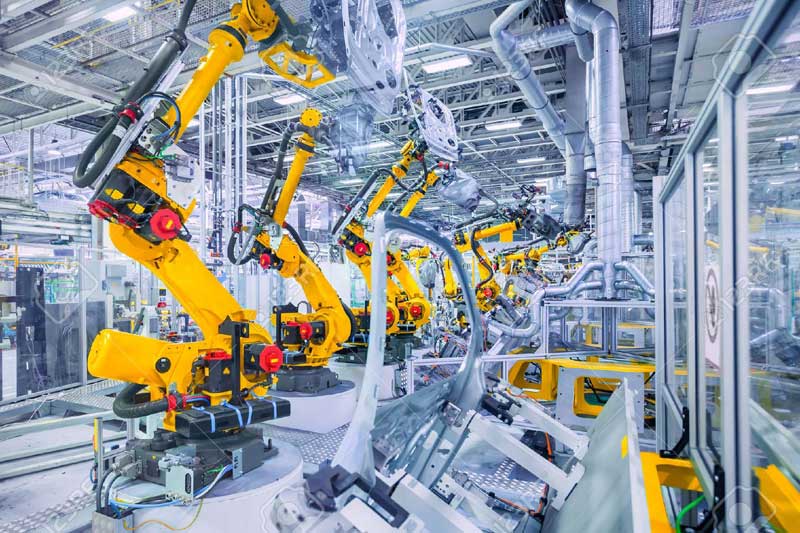Benefits of Automation

Full end to end industry automation can double and in some cases triple productivity as compared to as compared to industry plants that apply partial automation. This is because, in a fully automated industrial setting, production equipment can run for longer periods without buffering and with much less maintenance and human intervention requirements. This positions companies to outperform their rivals with simpler/ fewer automation systems and lower quality goods.
Automation reduces costs
Automation simplifies complex production processes of fabricating products by utilizing basic components at high speeds. Note that, industrial automation systems can be constantly upgraded until they meet the efficiency level that works best for an industry. For instance, they can be upgraded to ensure minimal heat generation and wastage as well as to ensure that they effectively focus on precise and controlled movements. Such upgrades and benefits of automation make product manufacturing and other industrial activities much cheaper. Cutting industrial production and operation costs increases profit generation for companies.
Automation boosts workplace safety
Despite their ability to function without human intervention, automation systems require some form of human insight to guide their operations. Therefore, automated industries still require workers. The good news is that, unlike in partially automated industrial settings, workers would not have to worry about performing dirty, dangerous or life threatening tasks. Notably, life threatening industrial processes are always the initial tasks assigned to robots and other automated industry systems. This action reduces the number of life changing workplace accidents and allows workers to maintain their health and safety while at work.
Automation encourages high level focus
Automation offers the rare ability to focus on high level and strategic tasks that require unique expertise. Tedious and time consuming manual tasks can be executed by the automated machines giving employees adequate time to focus on improving floor efficiency, broaden their product capabilities, come up with new product designs and undertake many other business expansion projects.
